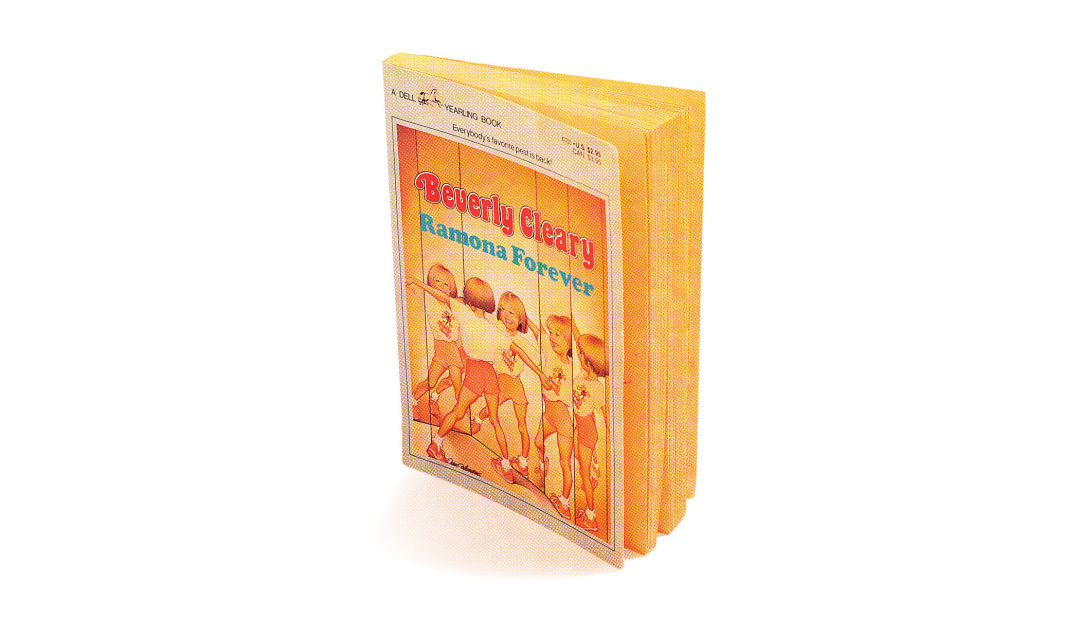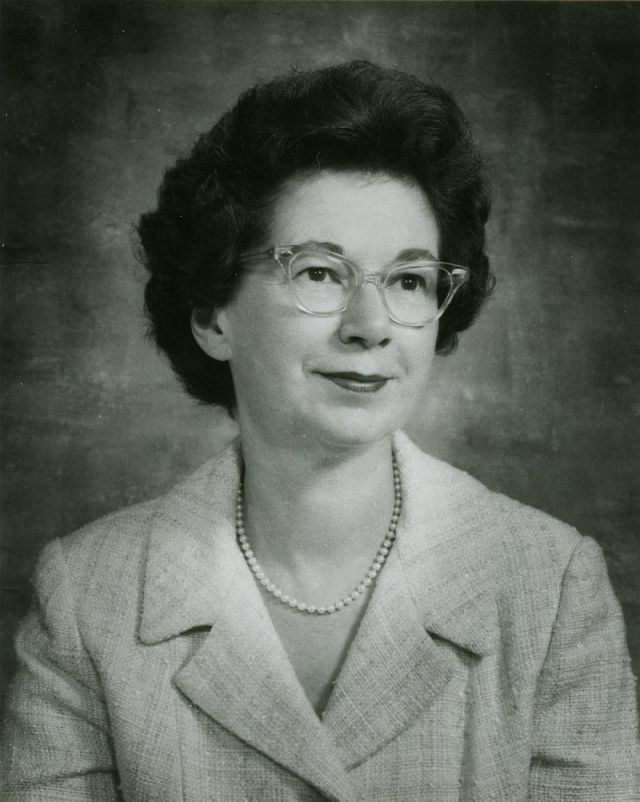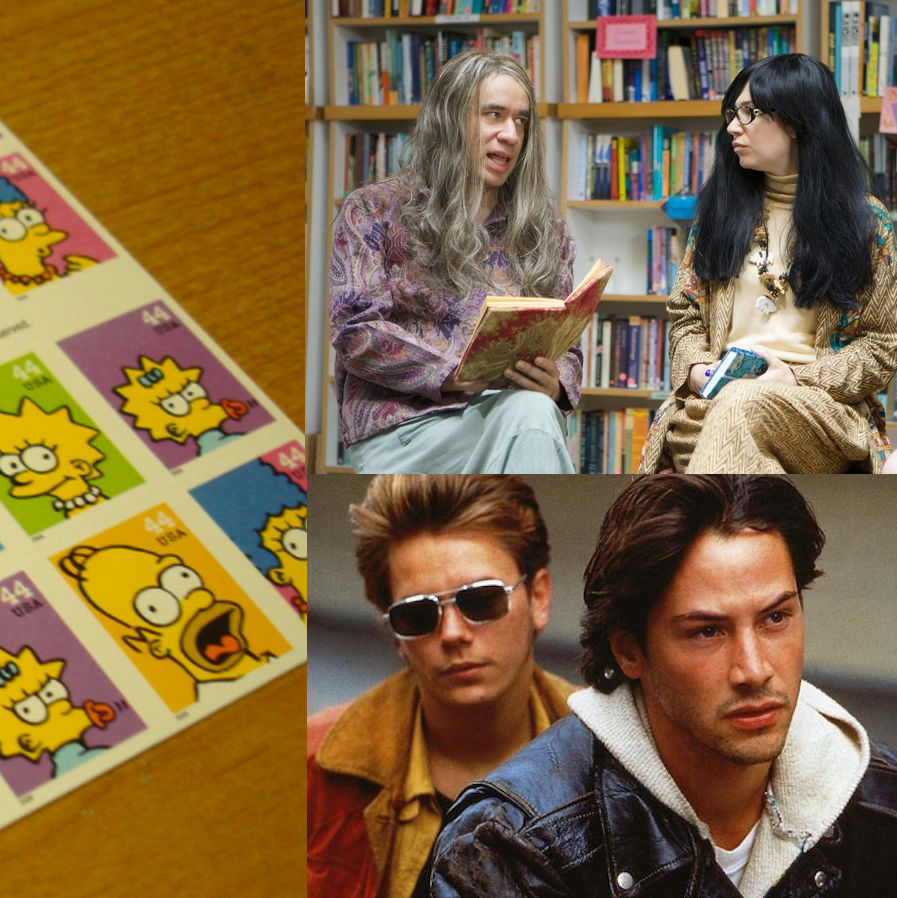Why Beverly Cleary Is Portland’s Undisputed, Unofficial Novelist Laureate

Image: Michael Novak
Who are the contenders for the unofficial crown of Portland novelist laureate? The Chuck Palahniuks and Willy Vlautins and Karen Russells of the world may strive, but they’ll struggle long and fruitlessly to unseat the true queen of local fiction: Beverly Cleary, the author of immortal kids’ books who turned 100—100!—this past April. [Update: Beverly Cleary passed away March 25, 2021] Time and tastes change, but the former librarian (if you can really be a former librarian) born in McMinnville still rules authordom in Portland.
We named the Central Library’s children’s room for her; we enshrined her Ramona Quimby and Henry Huggins (and his dog, Ribsy) in bronze at Northeast’s Grant Park. Kids report daily for duty at Beverly Cleary, a public school in roughly the neighborhood where she set her long cycle of novels about the Quimby/Huggins social ambit. Better yet, Cleary’s books—amazingly—still hold their own amid the YA explosion that unleashed our current multiverses of Hunger Games and dreamy vampires.

Beverly Cleary in 1971
Image: Wikimedia Commons
Kids still read her stories and identify with them, even though the texts themselves preserve an extinct midcentury America. Cleary’s characters speak pre-Internet middle-class English; Henry Huggins still delivers the Oregon Journal in the afternoons, which requires some parental explanation about media change and how kids used to pull their weight, dammit. Even so, like a milieu out of Jane Austen or Anthony Trollope, Cleary’s Klickitat Street lives on as a self-sufficient literary world, complete in and of itself.
The author populated Klickitat with indelible characters. Forthright Henry Huggins, the uncomplicated American boy. Beatrice “Beezus” Quimby: so earnest and long suffering. A whole tribe of quietly desperate parents, paying bills and making casseroles. And, best of all, Beezus’s sister Ramona, a brilliantly bleak and spiky-souled little anarchist. The Cleary kids grow up in rangy narrative arcs of preadolescence, creating a giant bildungsroman, told one misbegotten Christmas pageant and disastrous family dinner at a time.
There are anachronisms, of course. Monolithically Caucasian, hetero, and English-speaking, Cleary’s Portland is basically 1950s small-town Americana, with occasional glimpses of ’60s bohemia and ’70s stagnation: the “good old days” to which some of our politicians will always yearn to return. You couldn’t pay me to live there now. And I struggle to imagine bright sparks like Beezus and Ramona lingering after Grant High graduation. Instead, I envision Beezus as a humanities professor at some expensive liberal arts school; Ramona as a Lower East Side artist with a turbulent love life. (Henry would go on to own a sleepy old-time hardware store or something.)
On the other hand, even if Cleary’s Portland was less interesting than ours, it was more fair in some ways. She portrays inner Northeast as a place where working-class people can afford to live without college degrees, bagging groceries—as Ramona’s father ends up doing at one point. Her stories take place before real wages froze and before the $700,000 bungalow.
But Cleary never portrays her world as easy. Kids do not suddenly discover they possess magical powers. They do not light out down the Mississippi on rafts. (In fact, the Lloyd Center-ish mall constitutes a major destination.) They just grow up—day by day, year by year, fighting it out with each other and their ever-mysterious parents. Ramona, in particular, stages a grinding rear-guard action against Society; you could take a page from Karl Ove Knausgård and call the whole series Ramona’s Struggle.
None of this has really changed. Yes, the plotline in which the Quimby father labors to quit smoking scandalizes today’s children, who tend to be fanatical moralists on the tobacco question. A modern Henry Huggins would ride a hoverboard. Ramona would obsessively watch YouTube clips of other girls belting out “Let It Go.” Beezus would start a microloan nonprofit out of her bedroom. Mr. and Mrs. Quimby might be Mrs. and Mrs. Quimby, one a midlevel Nike designer, the other involved in some inscrutable form of wealth management.
But these are mere details: Cleary’s core truth has not faded. Kids are kids, many of them mini-guerrillas in the Ramona mold. The battle continues, hasta la victoria siempre. That’s why Portland readers can expect a second Cleary century, and for Ramona to march on, fists clenched, for another 100 years.
Listen: In this episode of Footnotes, Portland Monthly news editor Julia Silverman talks with author Lydia Kiesling about how Beverly Cleary wrote about motherhood, parenting, and Portland.














